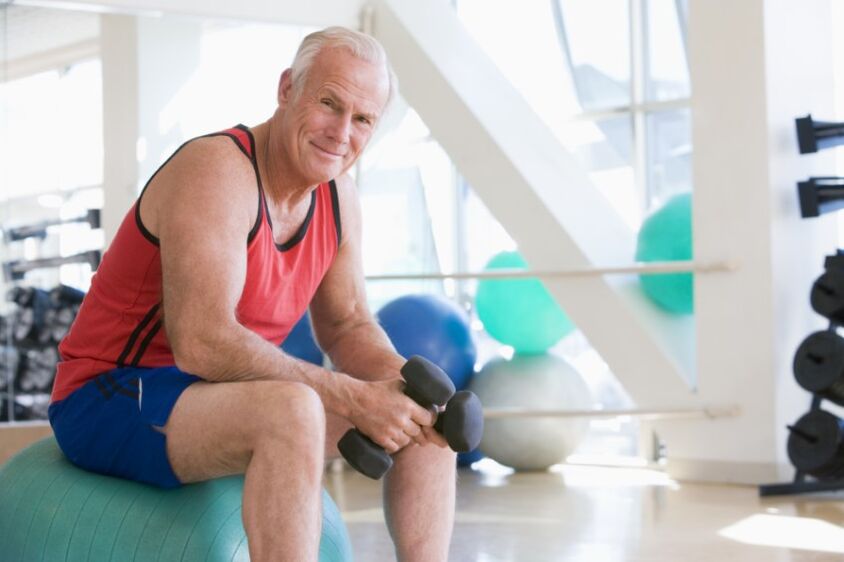
Although the causes of the onset of the inflammatory process are different, the success of a complete recovery is guaranteed by a comprehensive treatment of prostatitis. Men’s disease has become significantly "younger". After all, medical statistics claim that over the past few decades, more than half of men between the ages of twenty and forty suffer from inflammation of the prostate gland.
Therapies
Inflammation of the prostate develops in different ways: in acute and chronic form, it can be infectious and non-infectious.
Urologists distinguish these types of prostatitis. Therefore, we will discover the features of systemic treatment of the prostate gland and its effectiveness.
Types and features of complex therapy
At the present stage, the main methods of complex therapy for prostatitis are proposed:
- Antibacterial therapy.
- Anti-inflammatory treatment.
- Use of immunostimulatory therapy.
- Physiotherapy procedures.
- Prostate massage.
What are the features of each method?
Treatment. It is based on the use of antibacterial and anti-inflammatory drugs.
Antibiotics are recommended for bacterial prostatitis. When choosing an antibacterial drug, the susceptibility of pathogenic microorganisms to a specific antibiotic is taken into account.
Recently, urologists have described a group of macrolides. These are a new generation of drugs that have the ability to penetrate prostate tissue. Their advantage is that they do not have a toxic effect, do not kill the intestinal microflora. Antibiotics are used for ten days. Antibacterial drugs are recommended for acute and chronic prostatitis.
Anti-inflammatory treatment involves the use of drugs that inhibit the development of the inflammatory process.
The most effective tools of this type are suppositories, which give a local anesthetic result.
- Ichthyol suppositories - improve blood circulation.
- Propolis-based suppositories - have a wide range of action.
- Drugs that stimulate the immune system.
Echinacea extract also serves as an aid in the long-term treatment of chronic prostatitis.
All of these types are effective only with prolonged use.
Benefits of physiotherapy and massage
Physiotherapeutic procedures are also important in the complex therapy of the prostate gland. What is their advantage?
- Improves the movement of lymph through the lymphatic vessels. As a result, cell particles accumulated in the tissue are rapidly absorbed with the addition of blood and lymph.
- Blood circulation increases, this contributes to the rapid penetration of drugs into the prostate.
- Metabolic processes in the prostate gland are restored.
The most effective physiotherapy procedures are used:
- use of low voltage direct current for medical purposes - galvanizing;
- use of current pulses for prostate restoration - electrical stimulation;
- exposure to a high frequency electromagnetic field - UHF therapy;
- magnetotherapy - the use of a constant or alternating magnetic field.
Physiotherapy is recommended for the treatment of chronic prostatitis. As a rule, such methods have no side effects and contraindications.
Urologists are convinced that proper prostate massage significantly improves the overall condition:
- Has a beneficial effect on glandular muscle activity.
- Restores blood flow through the vessels.
- Promotes rapid penetration of drugs into glandular tissue.
Different types of massage are used to treat inflammation, but in some cases it is undesirable:
- with various diseases of the rectum;
- massage increases the risk of infection for acute bacterial prostatitis.
You should be careful with the massage: it should be performed only by a qualified specialist who understands the causes of the onset of the inflammatory process.
Systematic treatment of the prostate allows you to get rid of painful symptoms of the bladder and urethra, prevents severe complications of the genitourinary system and restores sexual activity.
In addition, all of these therapies reduce the chances of new irritations and restore the functioning of the prostate gland. For everyone, this is a guarantee of good work capacity, healthy well-being.
The maximum positive result can be obtained only from the complex treatment of the disease.
























